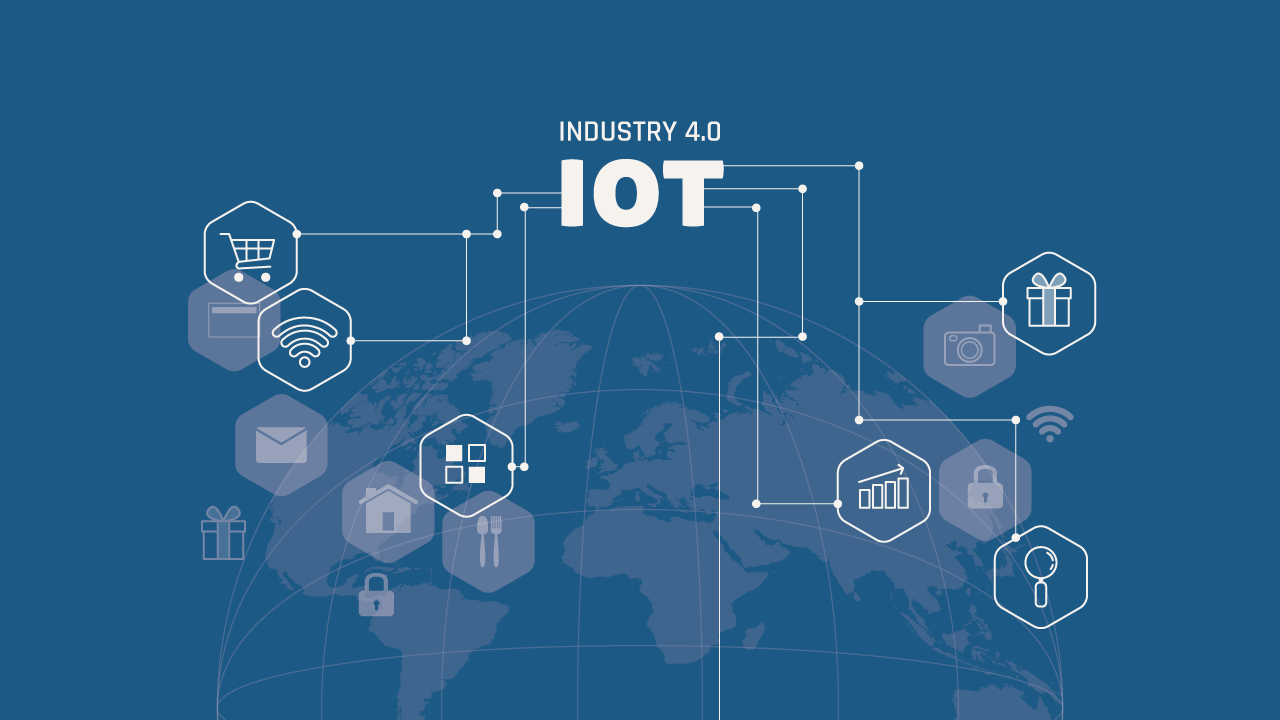Cost reduction is a matter of necessity nowadays. Companies often opt for the “traditional” way through layoffs. Unfortunately, recent research shows it only amounted to 2% of the overall costs and causes more damage than solutions.
Digital transformation is the new black in the current business landscape these days. It has many advantages for a business, one of which is the chance to reduce costs. In fact, recent figures showed that it could reduce costs by 40%.
Specifically, here’s how digital transformation impacts cost reduction in any business.
Table of Contents
Margin of Errors
Human errors are inevitable in marketing, promotions, advertising, sales, or operations. Despite being common, many companies tend to have a hard time tracking and measuring them. Even worse, they’re very costly. According to one report, poor-quality data alone can cost a whopping $3.1 trillion a year.
The good news is that companies that implemented digital transformation were able to lower the margin of error to 90%. Digitalization also became their improved option to streamline processes, train employees effectively, amplify security, and boost efficiency. All of these positive impacts have resulted in great cost savings.
Machine and Employee Downtime
Another cost many enterprises have to watch out for is downtime. All businesses can suffer from it, not only IT companies or other organizations with data center footprints. Research has shown that even small and medium-sized enterprises (SMEs) face an average of $137 to $427 downtime costs per minute just for one single incident.
Digital transformation can prevent these machines’ breakdowns and employee downtime from happening. In turn, it doesn’t only save a lot of money. It can also be a better way to understand systems companies have in place and even enhance equipment and workforce utilization. As a result, it improves tech support, customer care, and employee morale.
Supplier Negotiation
Automating supply chains doesn’t only reduce wastage but also helps businesses save a lot of money. It ensures that companies purchase items at best possible cost, in bulk, and as needed. This inventory tracking can be done on a large scale easily with the right software and technology.
Moreover, with automated databases, companies will be more aware of their inventory’s available items, helping them negotiate better with their suppliers. Digitalization can also make communication with suppliers faster and more streamlined. In other words, companies can flexibly place orders when stock is low, when costs are low, and at their ideal time.
Energy
The cost of keeping a business up and running has always been steep. High energy costs have become even worse these days due to the recent surge in electricity and gas prices. One solution for this is opting for digital technology. The best part is that digital solutions can reduce energy costs in many ways.
First, digital solutions can help companies evaluate the power usage of electrical motion equipment, such as drives, motors, and generators. They can also help determine CO₂ reductions and potential energy savings. The real data acquired, alongside the service expertise needed to analyze it, can support businesses in decision-making.
Second, expert service partners providing digital solutions can pinpoint inefficiencies in energy use and critical areas for improvement. They can calculate how much power and money companies could save. Additionally, they can recommend energy efficiency solutions and services that can bring CO₂ reductions and energy efficiency gains to companies.
Lastly, the energy efficiency solutions recommended by service providers can be implemented using different business models tailored to a company’s operations. These outcome-based business models are longer-term outcomes. This makes companies more proactive than reactive and more operationally efficient, reducing the costs of errors and risks.
Labor
As one of the biggest business expenses, labor costs can be wide-reaching. Apart from wages, salaries, and employers’ social security contributions, they also involve expenses for workers’ travels, training, and meetings that are provided to ensure a high level of care for them.
Digitalization can manage and reduce these personnel costs better. The right digital technology can optimize schedules, reduce the need for overtime, automate or outsource menial tasks, and enhance deskless workers’ productivity. All of these result in lower labor costs for a mobile workforce.
Business Agility
In today’s ever-changing market, business agility is a must. It’s another techy buzzword, but it can virtually benefit all aspects of the business environment. In essence, implementing new cultures and technologies can help companies adapt quickly to external or internal market changes. If companies are agile and remain competitive, they’re likely to have better employee engagement, improved work environment, customer retention, and gains.
An agile company will make use of digital transformation to gain a competitive advantage. Specifically, digitalization can help companies get hyperawareness, data-driven decision-making, and quick execution. These factors won’t only reduce unexpected costs from emerging business threats but also increase profitability by seizing new market opportunities.
Is Digital Transformation Expensive?
The upfront costs of digital transformation aren’t inexpensive. However, its numerical cost is nothing compared to the dividends companies will reap in the end.
Financing isn’t a problem nowadays, either. There are several credit products specifically designed for the unique needs of start-ups and SMEs. Regardless of their credit standing and business history, they can easily apply online today and get the funds within the day.
Final Thoughts
Digital transformation needs immense hard work and the cost of embracing new technology. Nonetheless, the value will ultimately exceed its original cost and pay for itself thanks to greater speed, efficiency, and customer loyalty.
















